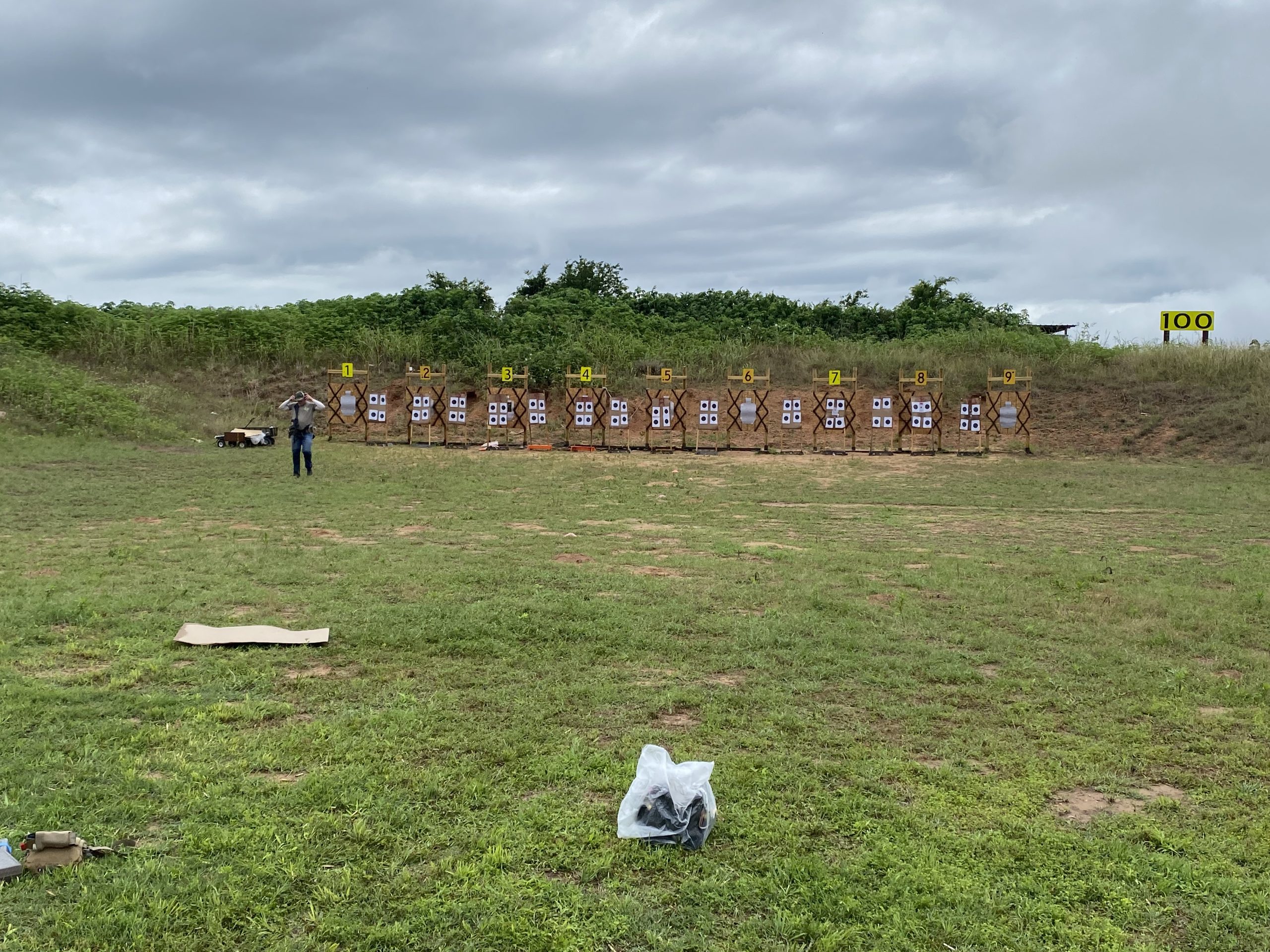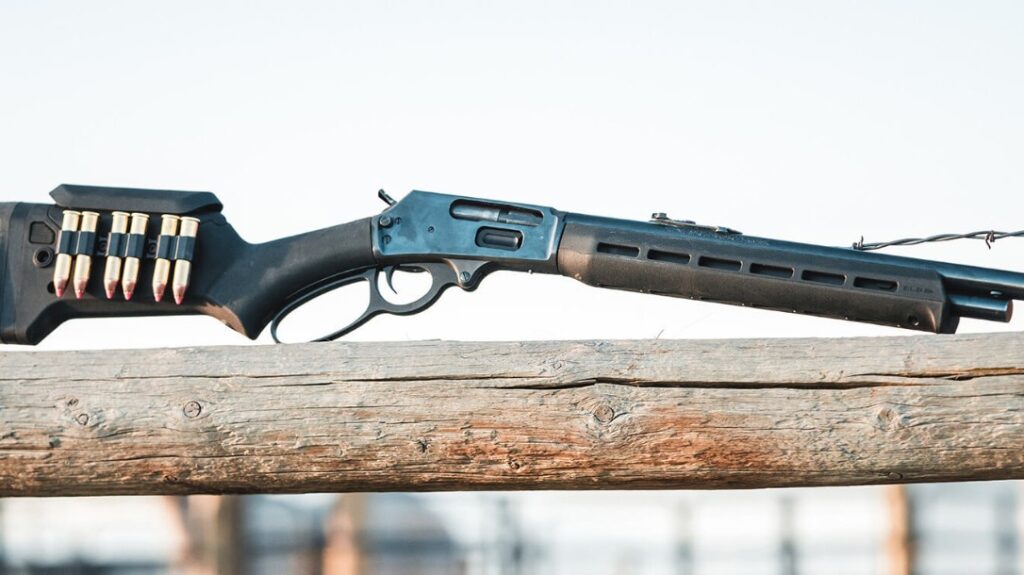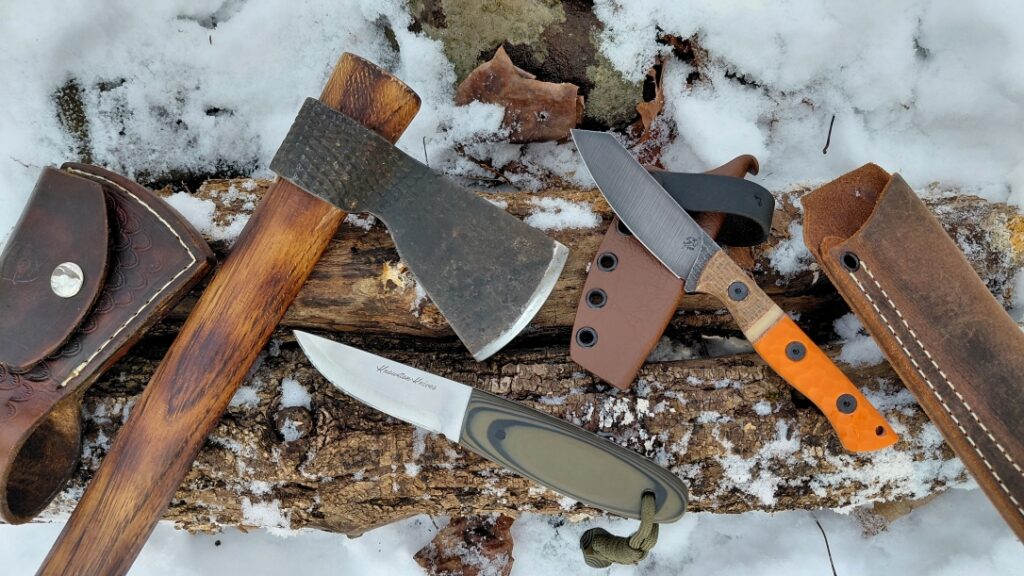This past May, I took a weekend carbine class hosted by Templar Defense and taught by Bill Blowers. The venue was one stormy-ass shooting range in southeastern Texas. This was actually my first ever carbine class and my first time meeting and training with Bill. If you haven’t heard of Bill, you’ve probably seen his NRA B8 Targets pasted all over the Internet. Every target bears the name of his training company, Tap Rack Tactical. B8s make great targets for many reasons, and not surprisingly, that’s what we shot at the entire class. The 5.5 inch bull not only represents a good sized natural targeting area, but the rings are easy to score too. And that’s another thing, Bill makes you keep track of times and scores when shooting the various drills and tests.
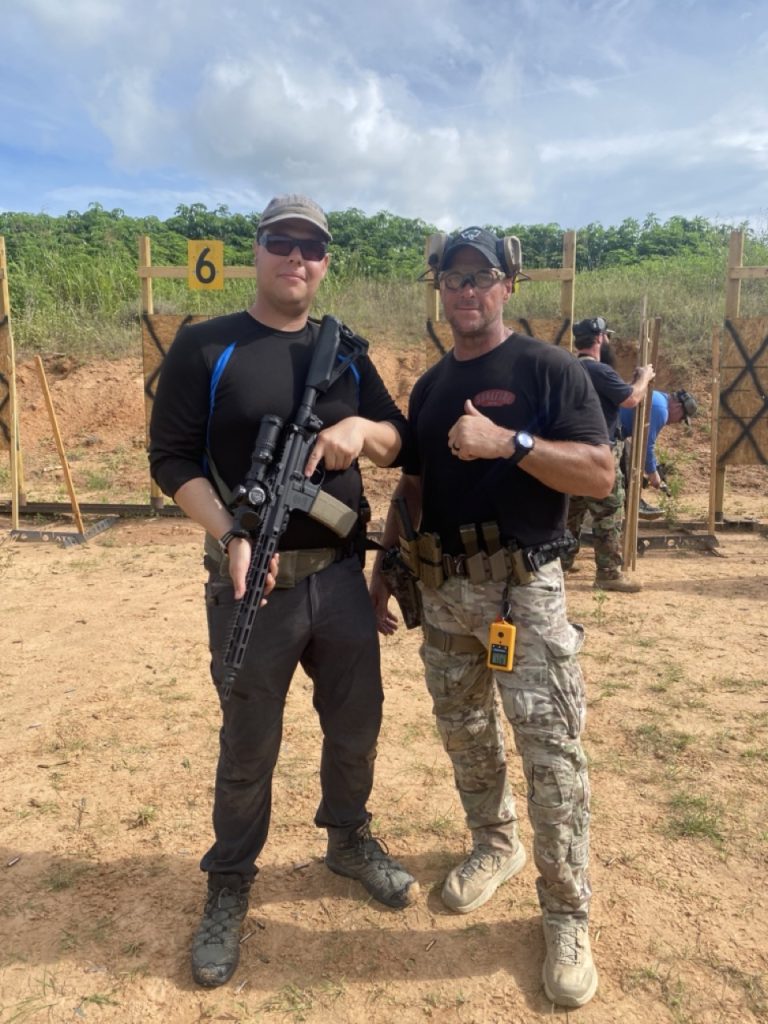
Now, this post isn’t an AAR with a play by play of everything we did. My intention is to share my overall experiences, especially because I’d never been to a carbine class, much less one led by Bill. I’ll say this now, carbines aren’t exactly difficult to shoot. You get three points of contact to stabilize the weapon and minimal recoil. For many years this was part of my reasoning for putting off carbine training. That said, Bill was going to be in the area and if I was going to pay good money for such a class, I might as well go to the left-handed professional shooter’s course and get that sinister nuance out of him.
Advertisement — Continue Reading Below
The Philosophy Of Blowers
Given my own experience taking other open enrollment courses, Mr. Blowers emphasizes scores and time standards a little more stringently than most. I appreciated the crystal clear reasoning for everything he did, as he took ample time to explain himself. He made many of his point to back his arguments through his myriad of personal stories relating to his former career as a SWAT cop in the Sea-Tac metro area. He is a hell of a storyteller which is a key skill for anyone in an education role. It’s probably because I’m from a declasé working-class background and have never had a salaried job, but I found his sense of humor entertaining. That said as a man of reason, I respect that he justifies his way of thinking in accordance to his real-life experience. Anytime an instructor explains the why something is always better than acting like they’re all that or they just “know better.”
My favorite thing about his instructorship was his lack of dogmatism. Oftentimes in class, he’d show us several ways to do things and encourage the group to play around with them and see what worked best. Bill repeatedly told us this throughout the entire weekend. The only expectation was meeting the time and accuracy standards for a given exercise or to keep doing the work towards meeting them. Ultimately, I deduced that Mr. Blowers is a first-principles shooter. In other words, no dogma, just do precisely what you need to in order to make good, accurate hits on target quickly.
Stuff I Learned
A nasty storm with plenty of heavy rain unfortunately befell us during that training weekend. And the lot of us got muddy, wet and nasty shooting in various positions, especially on TD-1. But that builds character, right? We spent a good portion of TD-1 checking zeros at various distances (10,25,50,75 and 100 yards). All of us got plenty of exercise walking up and down the rifle range with our carbines and gear. Mr. Blowers heavily emphasized having a no-bullshit zero on the carbine. Everything related to defensive carbine shooting builds off of this zero, especially the concept of height over bore. HOB is so critical that it merit its own article with more details and examples, frankly. Because iron sights, dots, scopes, etc sit fairly high from the centerline of the bore on ARs, shots do not align correctly at closer distances. Naturally one has to aim higher to offset the impact and hit the intended target. We spent a lot of time in class going over these impacts at various distances, because Mr. Blowers’ goal was for his students to deeply understand where and how their rifles need to be aimed. After all, everyone is accountable for every projectile they fire–regular Joe or SWAT cop.
Advertisement — Continue Reading Below
We practiced common shooting positions and were able to see how they affected accuracy first-hand. We spent a lot of time burning reps on things like low-ready, high-ready, emergency reloads from different positions, etc. It was a great chance to finally put my LSA carbine with the ARIC through its paces. And the inclement weather which produced even more mud and dirt only made it more fun! We shot and had the chance to burn so many reps that even though the class ended on Sunday evening, my firing grip was sore until the following Wednesday. Practically speaking, I understand that shooting carbines isn’t that hard. But I was able to walk away with more nuanced understandings of their employment.
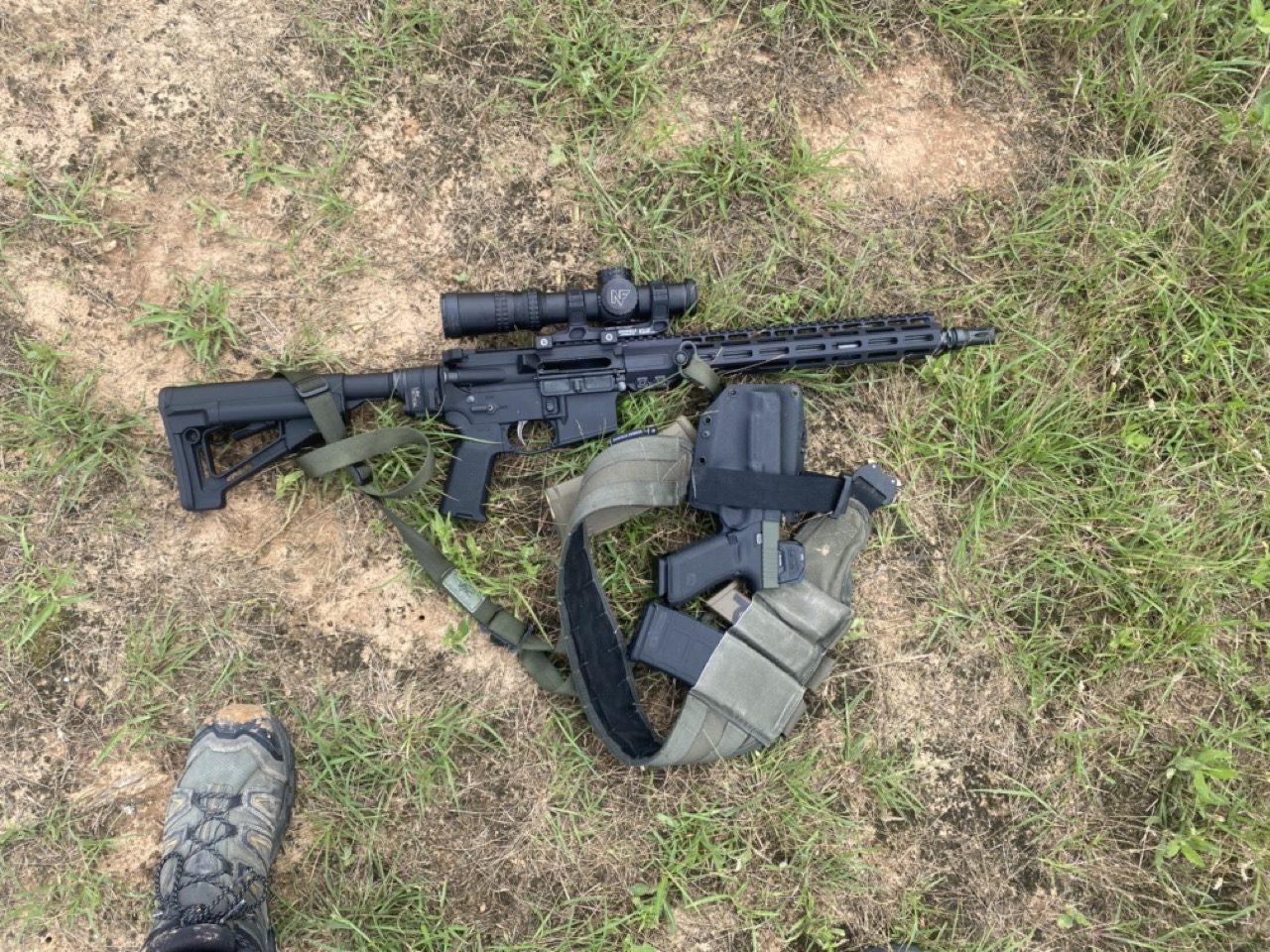
Guns And Gear
Because I had never been to a carbine class, much less a “high end” one, I was actually very interested in what other guns and gear students brought. For context, Tap Rack Tactical classes are on the more expensive side. As a consequence, I couldn’t help but notice that most students were serious, and so was their gear. One of the things that surprised me the most was that 80% of carbines on the line were suppressed. SOLGW was also well-represented. Except for one student in particular who had an alternative weapon system, everyone had an AR. The student body as a whole had their AR carbines set up quite smartly. Tactical lights, modern M-LOK rails, Unity mounts, etc. Unfortunately, a gentleman who was shooting to my left had a 16″ carbine with a compensator. I’ll be honest that was not the most fun for me. Out of courtesy to others, maybe don’t bring an AR with a compensator to a class next time? 90% of the guns had red-dot sights. I didn’t see as many LPVOs as I would have expected. On the first day there were two more shooters besides me with an LPVO equipped rifle. By day-two, they both switched to ARs with red-dots and I was the only nerd with an LPVO on the line. (In fairness, I wanted to make the most of this class and have a chance to actually “use” the ATACR LPVO I have. And for what it’s worth, my backup rifle was topped with a zeroed Trijicon Accupower to boot. LPVO Gang!) I don’t regret sticking to an LPVO during this class. One of my goals as a “gun writer” is to increase my awareness and practical knowledge of these kinds of riflescopes.
Advertisement — Continue Reading Below
I also learned some subtleties about running an AR with the ARIC. For example, low pressure .223 Remington spec rounds like PMC Bronze didn’t cycle reliably. You also want a bolt catch that gives you as much leverage as possible on your reloads. And for the love of God, make sure your mags are fully seated. Ammo-wise, stick to cartridges you have vetted or 5.56mm NATO pressure cartridges in general. I was shooting IMI 62-grain M855 Green-Tip with no problems.
In all, it was nice to shoot something else besides pistols for a change. I have a better appreciation for the nuances of carbines and what I can do with my own AR.
